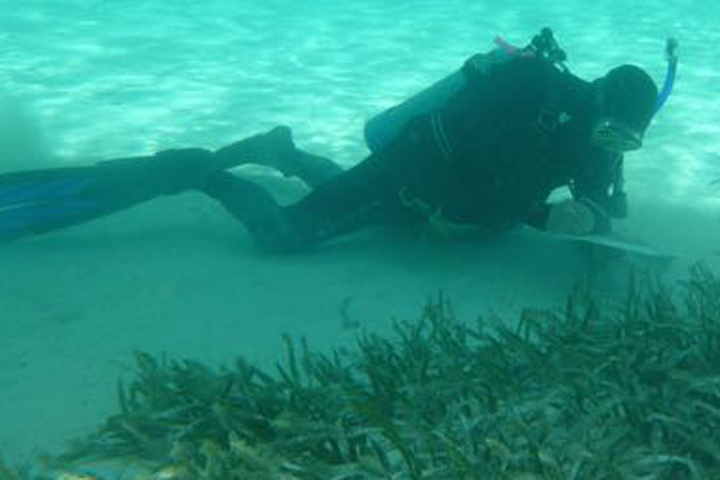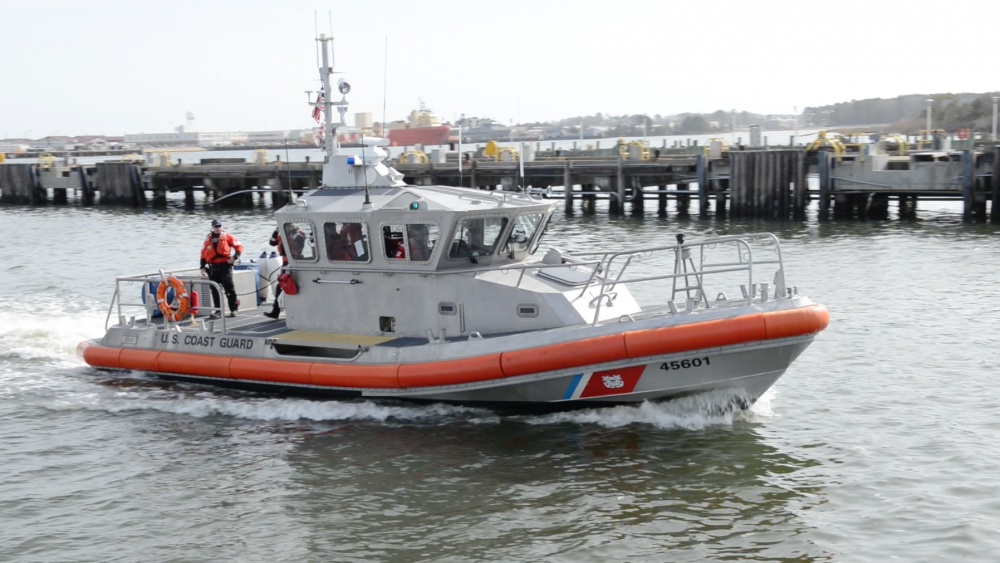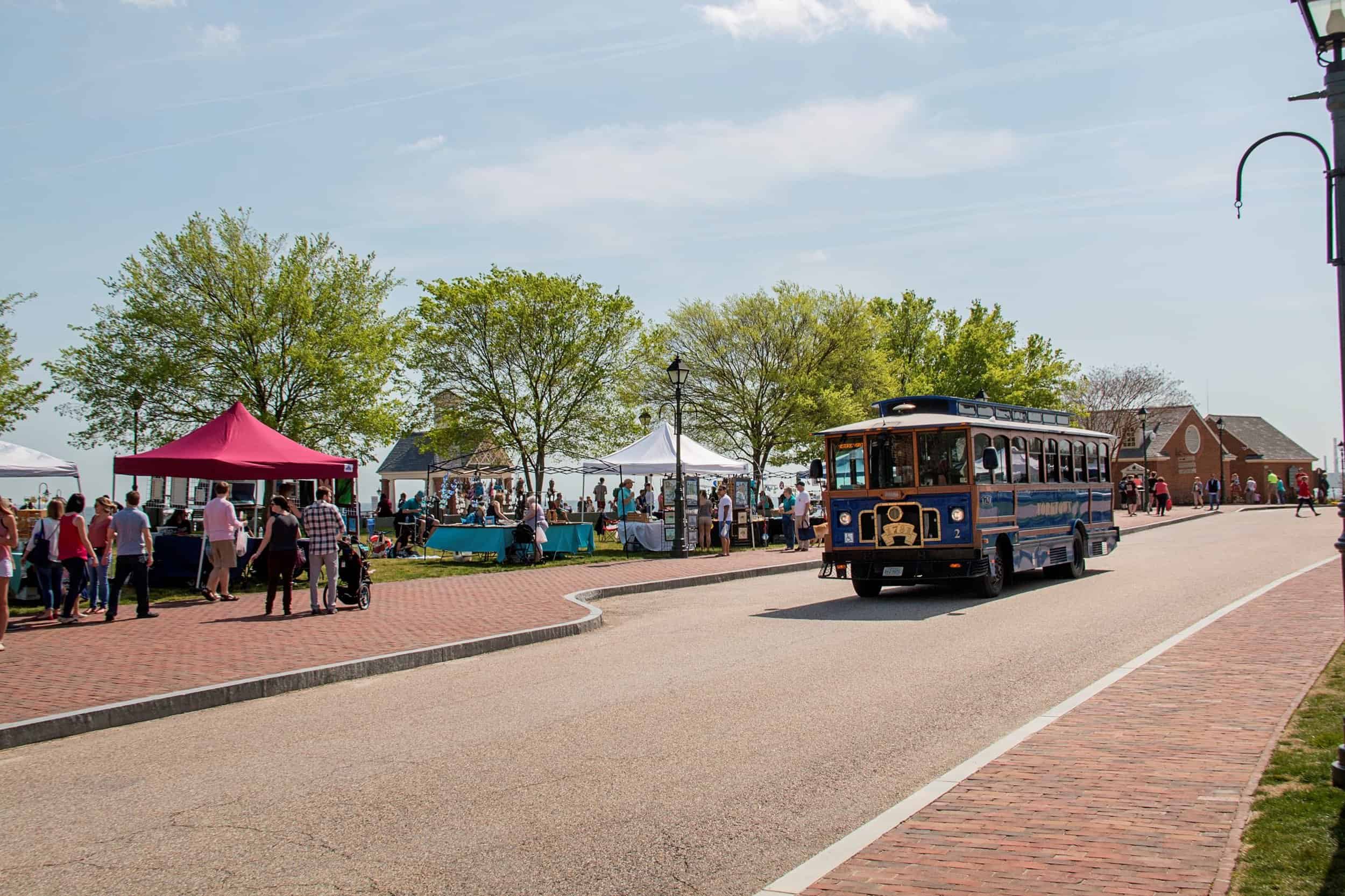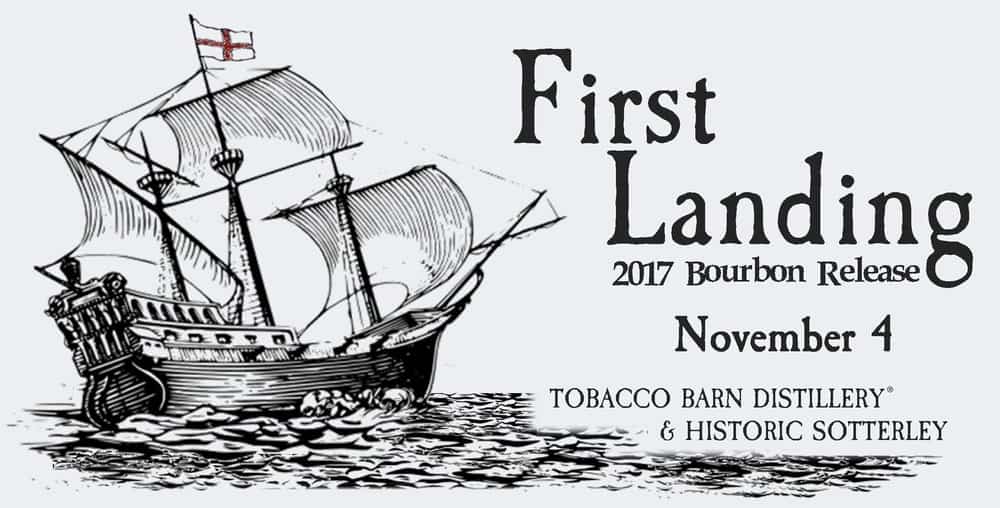Dr. Robert “J.J.” Orth, a trailblazer in the study of the Bay’s ever-important underwater grasses, has been honored with a national lifetime achievement award.
Orth, Professor Emeritus at William & Mary’s Virginia Institute of Marine Science (VIMS), recently received the 2021 Odum Award for Lifetime Achievement from The Coastal and Estuarine Research Federation (CERF). He shares with award with his friend Dr. Ken Heck of the University of South Alabama’s Dauphin Island Sea Lab.
The award honors Orth and Heck’s “accomplishments throughout their long and distinguished careers that have shaped estuarine-coastal science … Both candidates have shaped our understanding of seagrasses and marine ecology,” CERF says. The federation also notes the lasting societal impact of “their long and successful track record of integration with management and policy.”
One of Orth’s greatest contributions has been development and leadership of the annual Virginia/Maryland survey of the Bay’s underwater grasses (submerged aquatic vegetation or SAV), built around a talented, bi-state team of scientists within the Chesapeake Bay Program partnership.
“The SAV survey and restoration work have been an integral part of the VIMS SAV program,” Orth recently told Bay Bulletin. “They have provided Bay managers with critical information on the processes governing SAV growth and survival. Continuing these programs into the future will be even more important as the Bay and the world face critical changes in our environment due to climate change.”
Perhaps just as important, Orth has brought a field of Chesapeake science into the mainstream of public consciousness, beginning in 1978, when underwater grasses weren’t yet well-known as a sign of Bay health. The Chesapeake Bay Program’s annual report of underwater grass acreage, which he began in 1982, has become one of the most-watched indices of Bay health not only for scientists but also for the general public.
Where once people saw grass beds as nuisances for swimming and boating, there is broad recognition now that these underwater meadows are “keystone communities” of essential habitat for fish, blue crabs, and a host other critters in shallow water, arguably as important as oyster reefs in the deep. They also clear the water around them by reducing wave action, absorb excess nutrients, and reduce shoreline erosion.
Anglers log onto the VIMS Bay Grasses program web site to study the locations of the beds in warm weather; birders and waterfowlers do the same in winter because so many migratory ducks, geese, and swans flock to the beds to feed in cold weather. Paddlers love to glide or drift over the clear water these beds provide, and some of us have developed a taste for snorkeling them to watch all the Bay life therein. For these folks, there is now even a volunteer Chesapeake
Bay SAV Watcher program. The truth is, people have learned from Dr. Orth and his colleagues that underwater Bay grass beds are not only valuable but also great fun to hang around.
Another important Orth contribution has been a 22-year effort to restore eelgrass beds in the seaside bays of Virginia’s Eastern Shore, which were barren when he and his team began sowing seeds in 1999. Today, those seaside bays are home to 10,000 acres of lush meadows, the largest example of underwater grass restoration in the world. Dr. Orth retired (officially) earlier this year, but that change hardly keeps him out of the water, unless it is to fish local waters for speckled trout from his kayak or play with his grandchildren. His contributions to the Chesapeake Bay community are indeed broad and deep.
-John Page Williams




